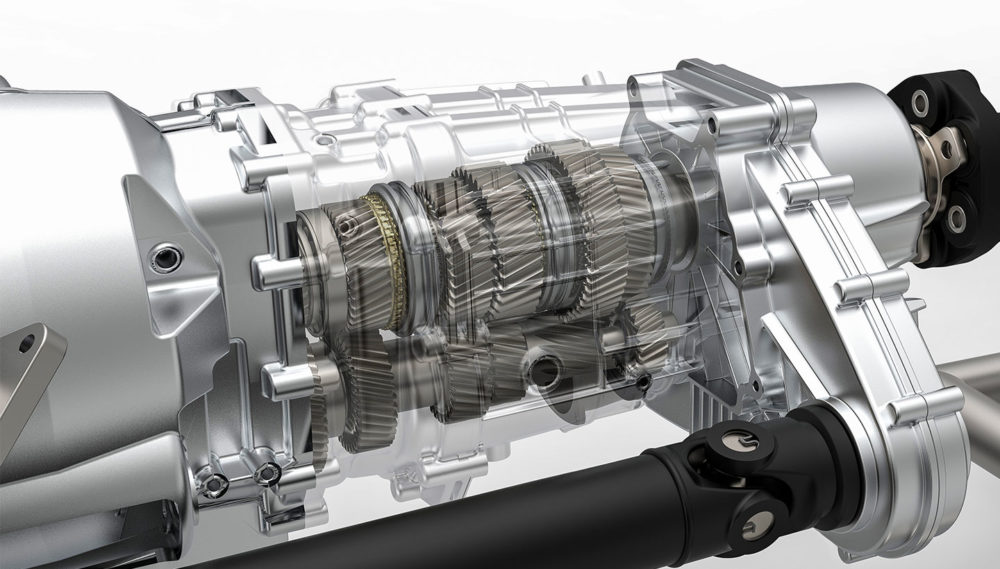Mobile:+86-311-808-126-83
Email:info@ydcastings.com
English
casting sand mold casting
Casting Sand Mold Casting An Overview of the Process and Its Applications
Casting is one of the oldest manufacturing processes in existence, dating back to ancient civilizations. Among the various casting methods, sand mold casting stands out due to its versatility, cost-effectiveness, and the quality of the finished products. This article delves into the sand mold casting process, its advantages, disadvantages, and its wide-ranging applications in modern manufacturing.
The Sand Mold Casting Process
The sand mold casting process involves several key steps. It begins with the preparation of a pattern, which is a replica of the desired object to be cast. Patterns can be made from materials such as metal, wood, or plastic and are designed to include allowances for shrinkage and machining.
Once the pattern is ready, a mold is created using a mixture of sand and a binding agent, typically clay. The sand serves as the primary mold material, offering good thermal stability and the ability to withstand high temperatures. The process starts by packing the sand mixture around the pattern, forming a two-part mold—comprising a cope (the top half) and a drag (the bottom half). After the pattern is sufficiently covered and the sand compacted, the mold is carefully removed to preserve the shape.
The next step is the melting of metals, which are then poured into the cavity created by the mold. Depending on the complexity and size of the casting, different types of furnaces, such as induction or cupola furnaces, may be used to melt the metal (commonly iron, aluminum, or bronze). Once the molten metal is poured into the mold, it takes the shape of the cavity. The cooling time varies depending on the metal used and the thickness of the casting.
After the metal has cooled and solidified, the mold is carefully broken apart to retrieve the cast object. The casting often requires post-processing to remove excess material, improve surface finish, and ensure it meets the required specifications. This finishing can include operations such as machining, sandblasting, and painting.
Advantages of Sand Mold Casting
One of the primary advantages of sand mold casting is its cost-effectiveness. The materials used in sand casting—primarily sand and a binding agent—are relatively inexpensive and widely available. This makes the process suitable for both small-scale artisan work and large-scale production.
Furthermore, sand mold casting can accommodate complex shapes and sizes. The flexibility of sand allows intricate designs to be formed without the need for expensive machinery. Additionally, the process is highly adaptable; molds can be reused multiple times, and modifications can be made relatively easily if adjustments to the design are needed.
casting sand mold casting

Another significant advantage is that sand mold casting has a high tolerance for temperature variations
. The mold can withstand the intense heat of molten metal without deforming, which is crucial for producing high-quality castings.Disadvantages of Sand Mold Casting
However, sand mold casting does come with its set of drawbacks. One notable issue is the surface finish of the castings, which can be less smooth than those produced by other methods such as die casting or investment casting. This often necessitates additional finishing processes, which can add time and cost to the overall production.
Moreover, the dimensional accuracy of sand castings may not be as high as other casting techniques. Larger patterns can lead to increased dimensional variations, thus potentially affecting the final product's performance and aesthetic appeal.
Applications of Sand Mold Casting
Sand mold casting is widely utilized across various industries. The automotive sector frequently relies on this method for producing engine blocks, transmission housings, and other critical components. The aerospace industry also uses sand casting to create lightweight yet high-strength components.
Beyond those sectors, machinery manufacturing, pipe fittings, and even art and sculpture creation make use of sand mold casting techniques. The ability to produce one-off castings or large series of components makes sand mold casting an indispensable part of modern manufacturing.
Conclusion
In conclusion, sand mold casting remains a pivotal process in the manufacturing industry, offering a unique blend of affordability, versatility, and capability for producing complex shapes. While it does have its limitations, the advantages often outweigh the disadvantages, making it a preferred choice for many applications. As technology evolves, we can expect innovations in sand casting techniques that will further enhance its efficacy and range of applications in the future.
-
Materials Used in Manufacturing Cap End Pipe FittingsNewsNov.24,2025
-
Material Properties of CF8M CastingNewsNov.24,2025
-
How to Inspect Pump Cap Ends for DamageNewsNov.21,2025
-
Backward Curved Impeller – Efficient Airflow Solutions for Industry | YD CastingsNewsNov.21,2025
-
Automobile Water Pump - Efficient, Quiet, Durable & ElectricNewsNov.21,2025
-
Impeller for Pumps – High-Efficiency, Durable, OEM-ReadyNewsNov.21,2025











